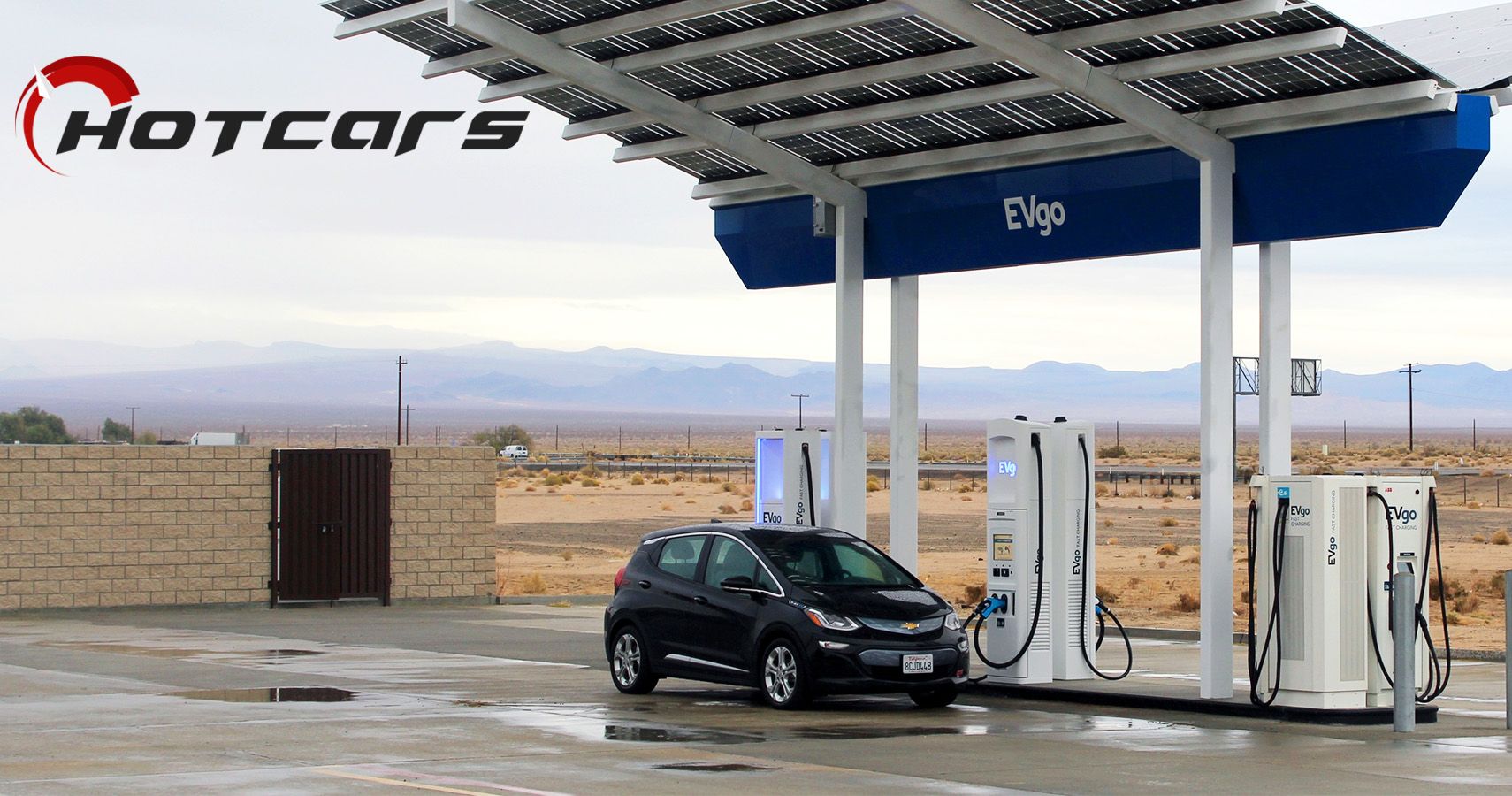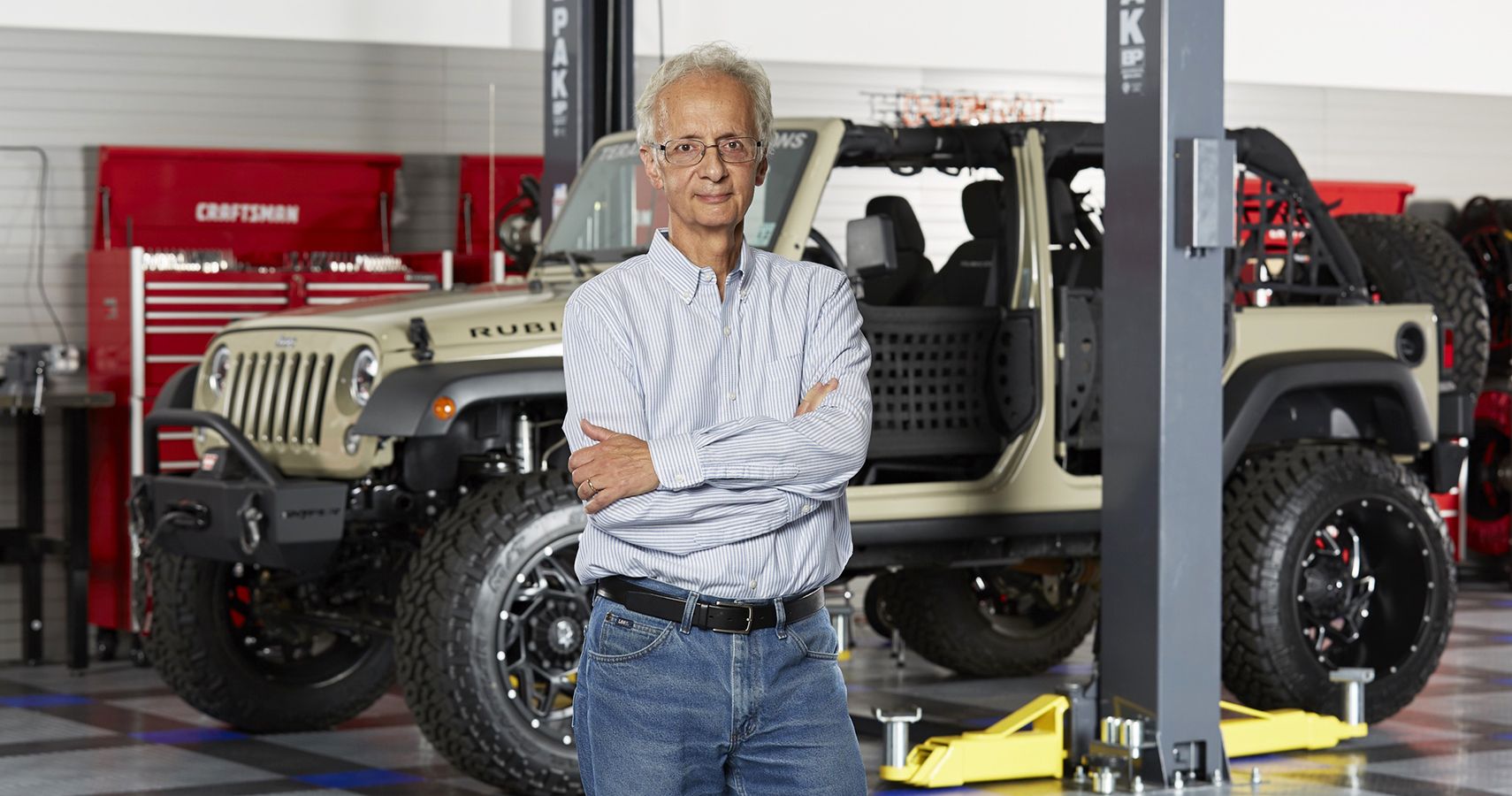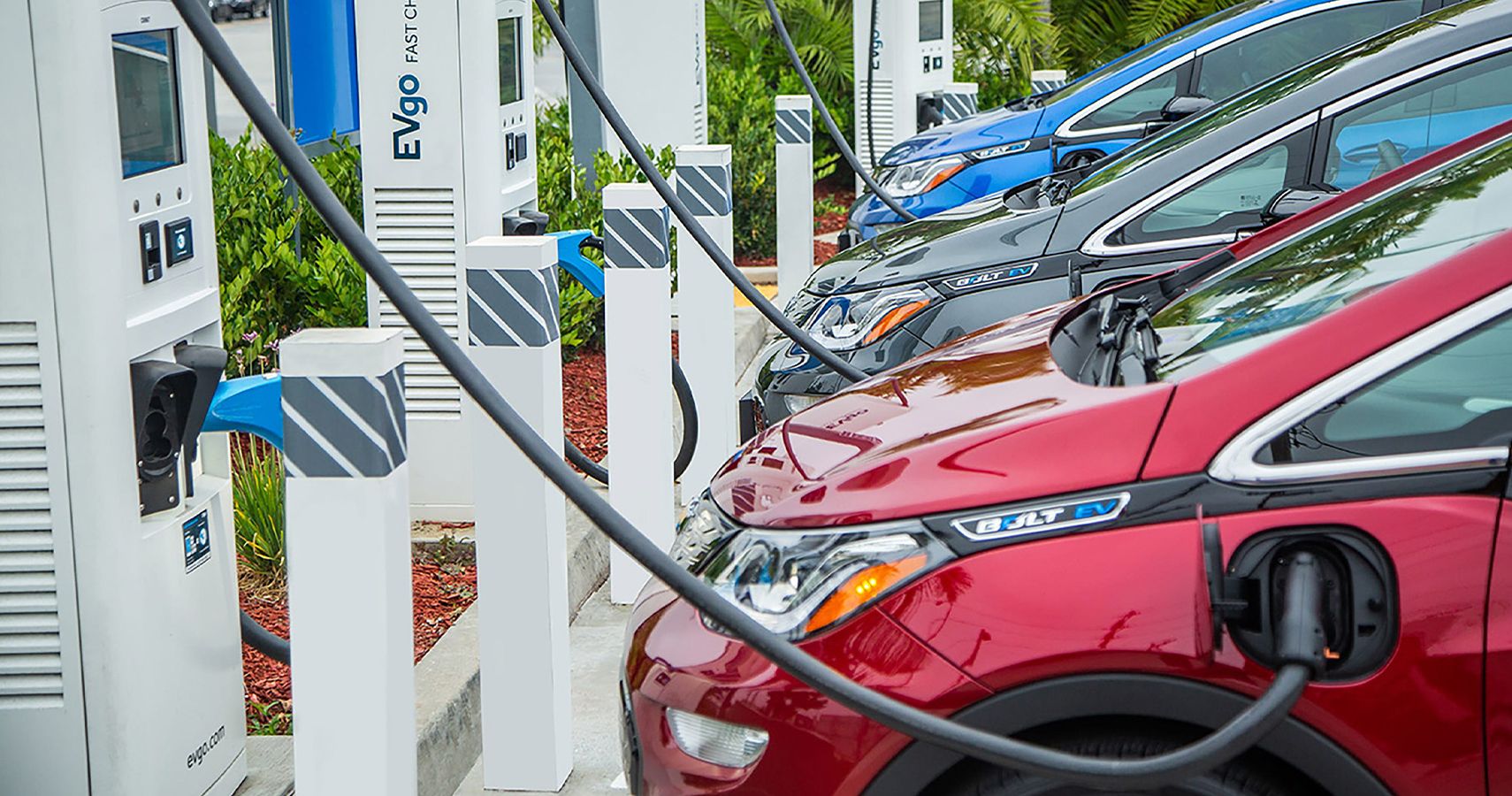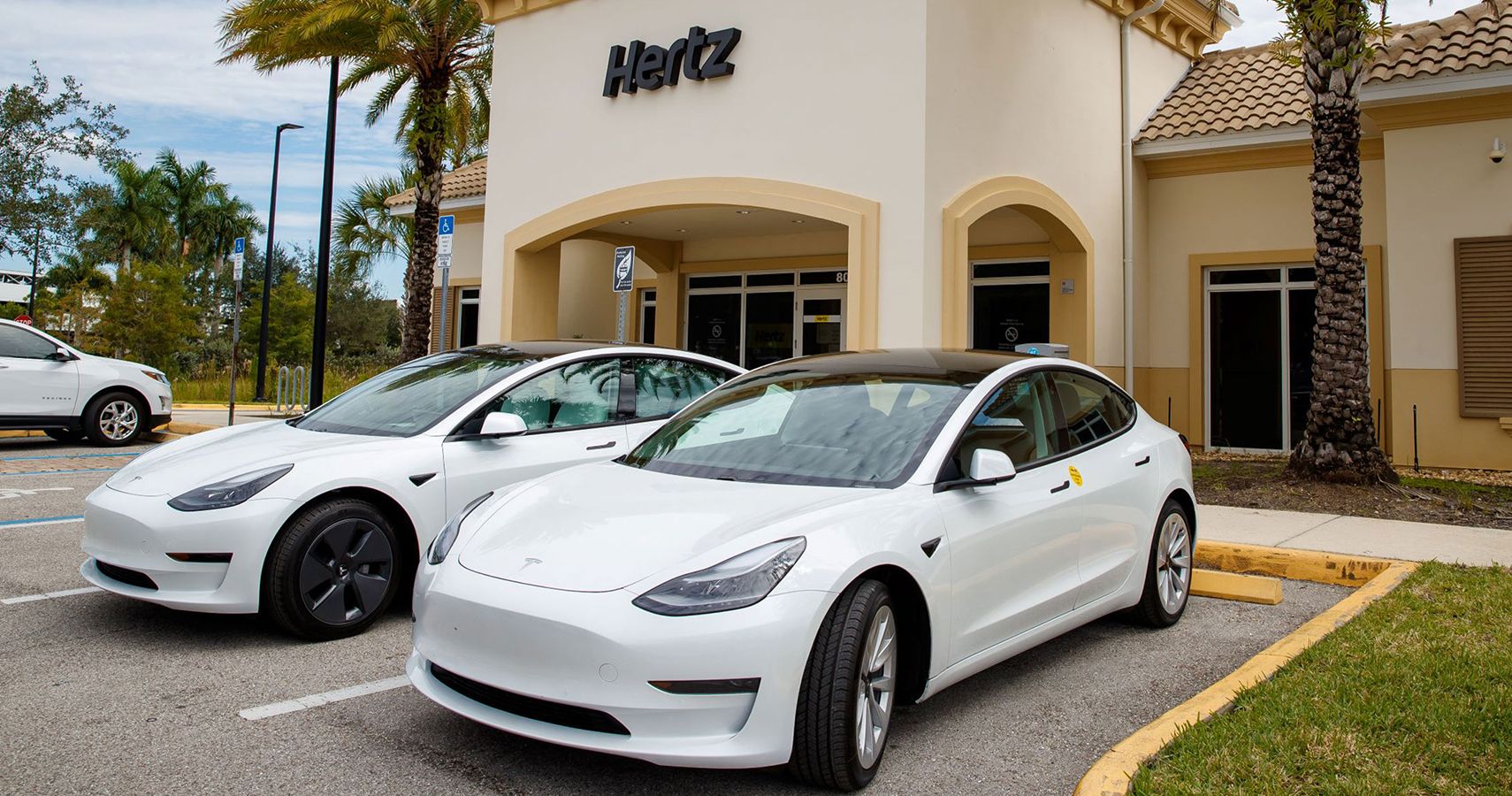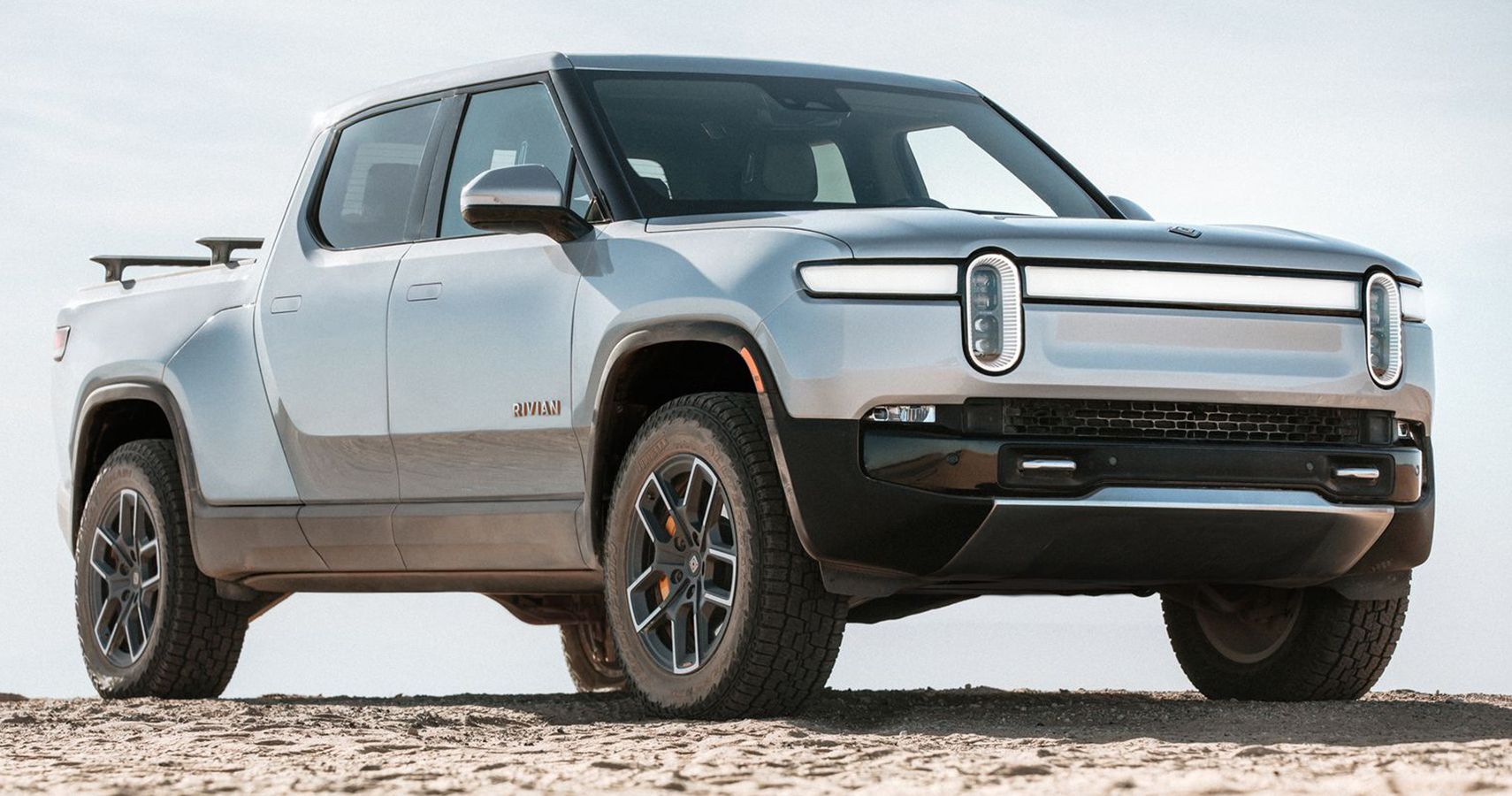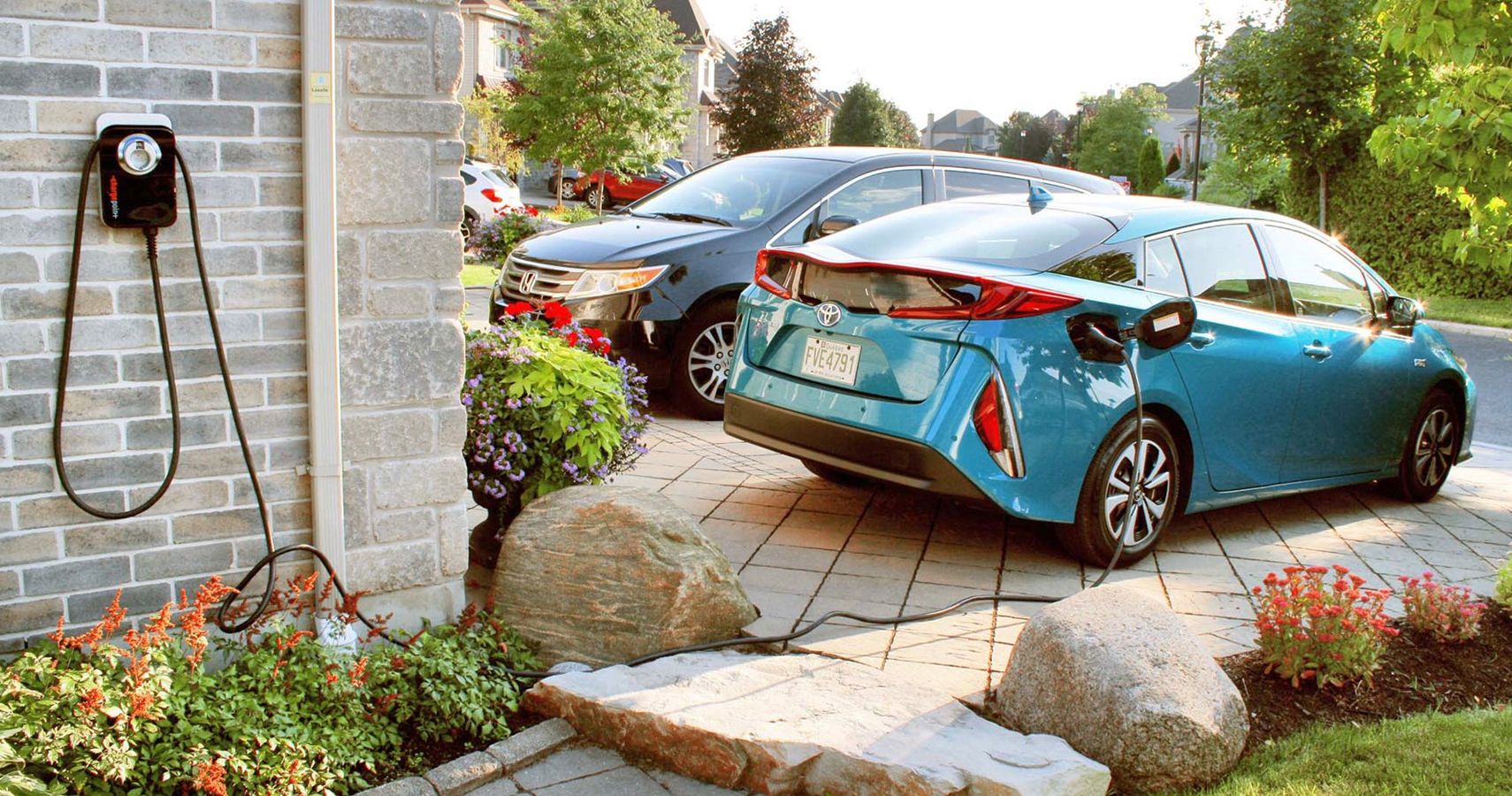As the end of 2021 approaches, this year may go down in history as the moment that electric vehicles finally broke through into a new world order. Major events throughout the past twelve months include Lucid Motors cracking 500 miles of range, Rivian's IPO and stock surge creating America's second most valuable auto manufacturer (after only Tesla, which also only makes EVs), and legacy OEMs getting further into the game with new vehicle debuts like the Ford F-150 Lightning and the Subaru Solterra.
Still, consumers may well feel a bit hesitant to jump into the full-electric arena for their next vehicle, largely (still) due to anxiety surrounding range and charger accessibility. But the United States Congress just passed a new $1 trillion bill championed by President Joe Biden aiming to exponentially increase the number of EV charge stations across the country. To learn more about how the infrastructure bill might help to persuade those EV-hesitant car buyers, I reached out to industry analyst and CARiD Product Training Director Richard Reina about how he sees the coming revolution unfolding today.
CARiD Product Training Director Richard Reina
Last time we spoke, Reina brought up all the many reasons why Americans remain so skeptical about EVs. But he also predicted that 2021 might become the year of the electric truck—and by all accounts, that prophecy looks true. As CARiD's Product Training Director, Reina stays abreast about every facet of the auto industry, including how aftermarket parts sellers can prepare for shifting markets. But when I brought up the infrastructure bill and how much money should go towards the transition to EV adoption, Reina pumped the brakes a bit.
"One of the biggest, if not the biggest, pieces within the existing bill is a significant sum of money," Reina explained, "7.5 billion dollars of it’s going to be devoted to installing more EV charging stations around the country. "
But from there, exactly how all those billions will get spent remains something of a mystery.
"From what I’ve read," he went on, "The federal government will allocate that money on a state-by-state basis and let the states decide how to spend it. They will allocate it on a regional and county basis. The good news to me is that the stakeholders and businesses closest to the issues will be very involved in making the decisions about how these charging stations should be structured, meaning where they should be placed and how to locate them to give the most number of people the best access to them."
How To Best Increase Access To Chargers
I asked Reina how he believes states will spread out the wealth, so to speak, by either prioritizing more chargers in big cities where more EVs already exist—or, should the money go towards more chargers spread out in rural areas to expand the potential reach of EVs? Reina also brought up that the single best location for anyone who needs to charge their EV still remains at home. Will any of that government money go to rebates or free installation for home chargers?
"The local regulators need to take that very seriously," he replied, "And think about how to set that up to accommodate the greatest number of people and minimize the inconvenience of the greatest number of people."
"I know, from speaking to people and reading a lot about Americans’ willingness to accept EVs, that we need to get to the point where people feel, whether it’s true or not, that EV charging is as available to them as their local gas station."
Merely increasing the total number of chargers accessible to the population won't do the trick—especially since charging still takes significantly longer than filling up a tank of gas. And even as charge times decrease rapidly—Atlis Motors promises another EV pickup truck on the market by late 2022 that can fully charge up to a 600-mile range in only 15 minutes—other factors hindering EV sales still come into play, including reliability concerns,
"You can’t force people to walk into a car dealership," Reina said. "There are other factors there. Is it a car that they like? Is it a car that they can afford?"
Tesla And Hertz Strike A Deal
One way that Reina believes more consumers might find themselves convinced to buy an EV came in the form of a recent announcement from Tesla and Hertz. The rental car company recently decided to purchase 100,000 Tesla vehicles, which sent share prices for both companies climbing rapidly.
"I think this is a fantastic deal on both Tesla’s and Hertz’s side," Reina admitted, "But I hope somebody is looking at the bigger picture here. Both Tesla and Hertz are hoping that people who do not own an EV—and maybe have never even driven an EV—will rent a Tesla just for the experience of it, as a tryout."
But part of that experience includes the charging portion of EV ownership. Though many renters may not run out of range, given Tesla's current 358-mile EPA estimate for the Model 3 Long Range, will Hertz charge for empty batteries like they do for refilling gasoline?
"If Tesla and Hertz really are serious about making it the best experience for renters driving an EV for the first time, I think they need to do their homework," Reina cautioned. "They may need to take some extra steps to help the renter make sure that they’re comfortable with the whole process of recharging the car. And that will cement the whole rental experience."
But some renters will also travel longer distances with their Teslas, leading to fully drained batteries for people who may have never charged an EV before.
"I need to find a charge, figure out how to charge," Reina imagined those renters thinking, "I need to plug this thing in—and I need to figure out what I’m going to do in the meantime."
Making reservations for lodging at hotels, AirBnbs, or timeshares that include an on-site charger might go a long way for potential Hertz customers. But others will undoubtedly face a steep learning curve when it comes time to find the necessary kilowatts.
More Pickup Trucks Entering Production
Reina also highlighted how important the current and forthcoming slate of electric trucks looks for EV adoption rates, both in big cities and across the nation as a whole. Pickups make up the top three best-selling vehicles in America this year so far (by a large margin) and now represent a new form of luxury car ownership entirely.
"I still continue to watch Rivian, I think Rivian is doing very well overall," Reina told me, "I know how important pickup truck sales are to the big three, meaning GM, Ford, and Stellantis what used to be Chrysler Corporation... We’ll have the Rivian pickup trucks, the GMC Hummer, the Ford Lightning is on its way."
Meanwhile, somehow the Tesla Cybertruck seems to have fallen by the wayside after earning major headlines throughout the end of 2019 and 2020.
"I went on the Tesla website for the first time in a few months just the other day," Reina said, "And they’ve changed the page for the Cybertruck. While you can still put down a $100 refundable deposit, Tesla no longer lists the three different variants."
Perhaps Tesla plans to revise the Cybertruck's pricing, features, or multiple-motor layouts given the many other electric trucks it will now compete against in the coming years. But every EV pickup will still face competition from full ICE and hybrid options, too, until more chargers become available in more locations.
CARiD Debuts New EV-Focused Shop
I also asked Reina how CARiD's strategy evolved over the past year, given the potential sea change approaching. After all, if more government spending results in more chargers and more electric vehicle purchases, the aftermarket support for those EVs needs to balloon accordingly.
"One thing that was a pleasant surprise to me," Reina explained, "Was to discover that in spite of what some other people may think, there are many EV owners that are still car enthusiasts. Just because people are going green and moving away from internal-combustion engines, for whatever set of reasons, doesn’t mean that they don’t enjoy the driving experience."
The day after we spoke, CARiD announced the debut of an EV Specialty Shop on the site that will cater to EV owners with everything from home charging stations to performance parts and customization options.
"We’re selling not only EV charging equipment," Reina revealed, "We are appealing to the owners of Teslas and other EVs with things like custom wheels, with body kits, suspension kits for Tesla owners who want to lower their cars."
Reina fully expects manufacturers to abandon internal combustion by 2030, if not sooner.
"We’re always looking at the market long-term," he said, "We’re thinking long-term. Nine years sounds like a long time away—but it’s not."
Sources: npr.org, carid.com, forbes.com, insideevs.com, tesla.com, and globenewswire.com.

